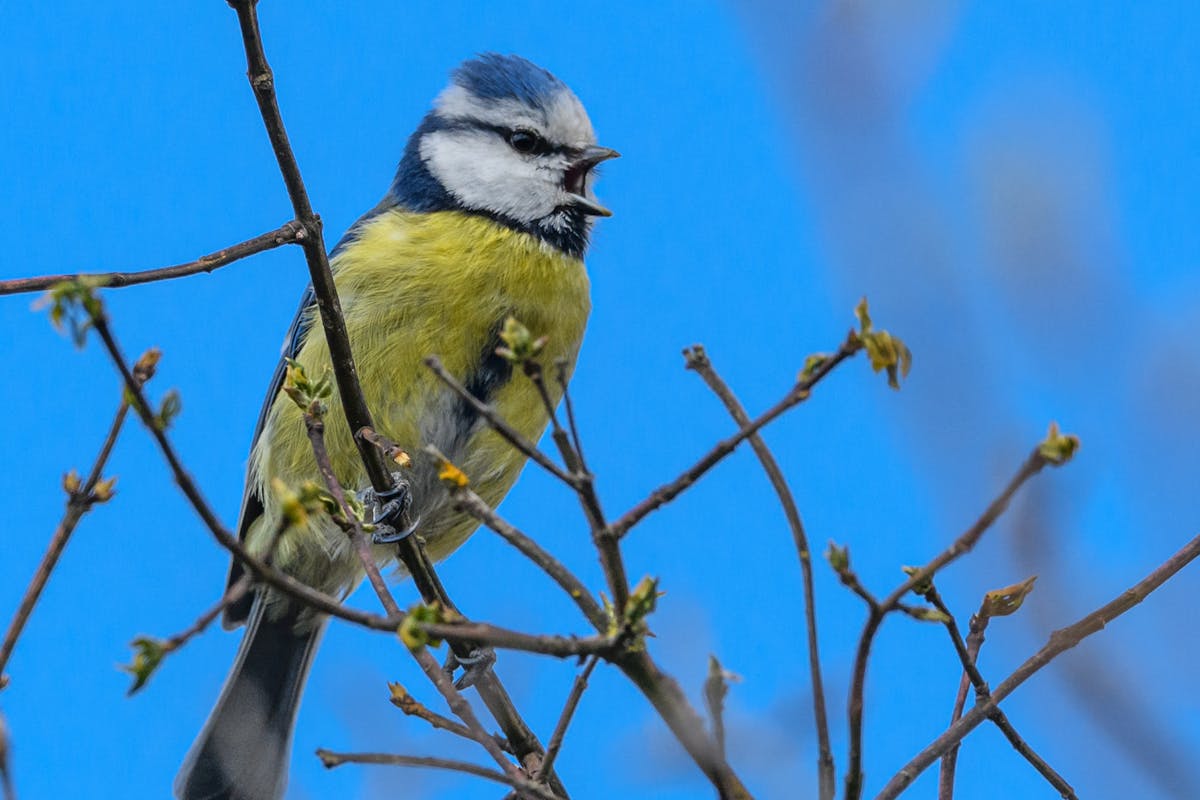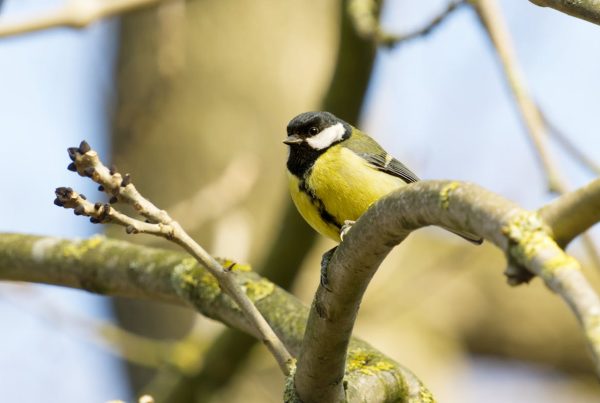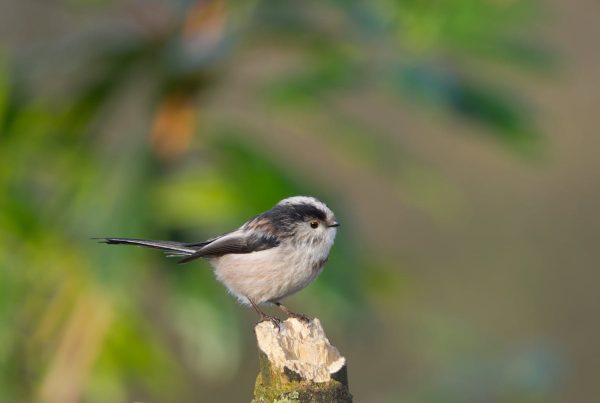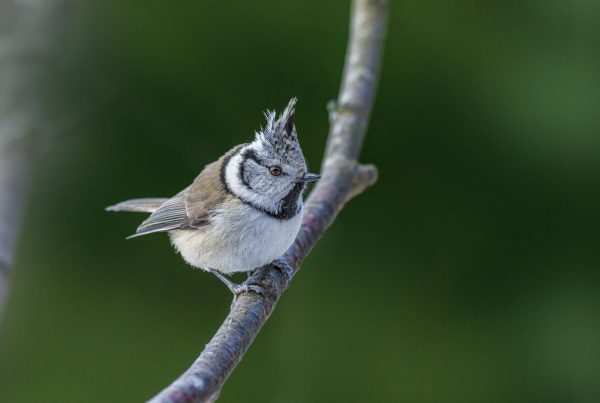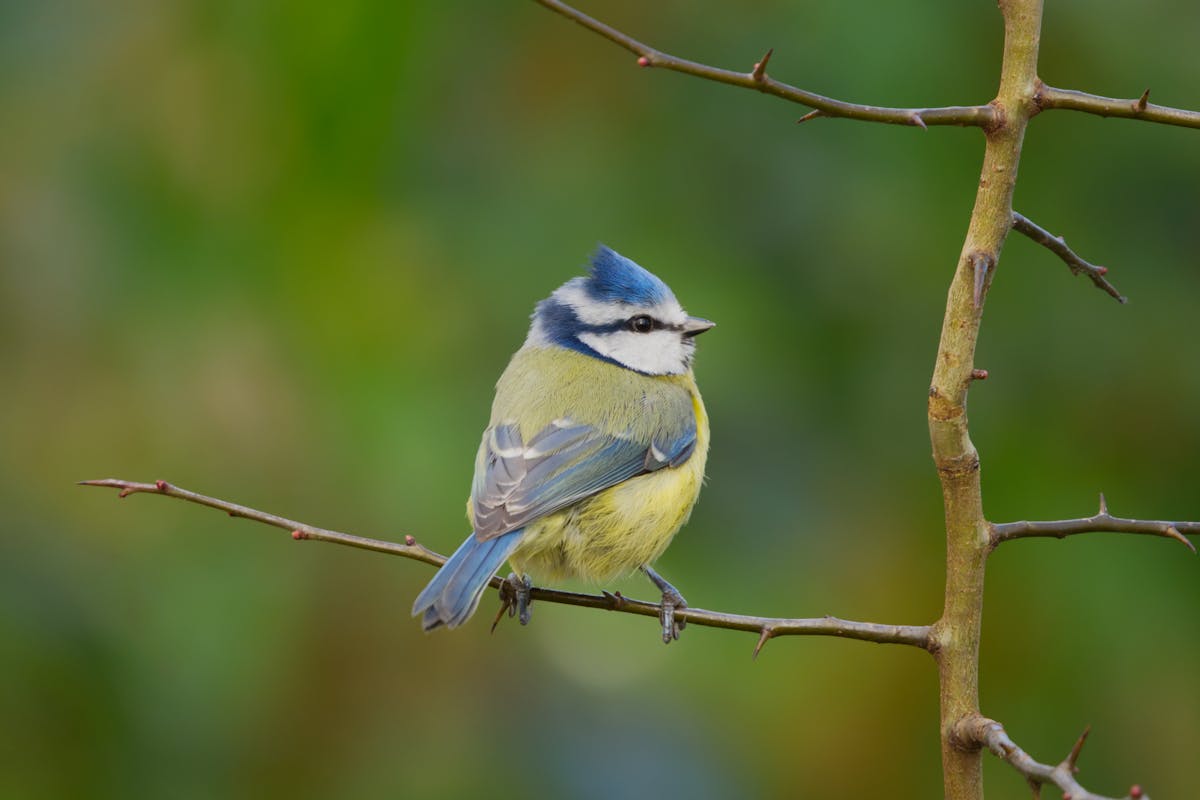
Eurasian Blue Tit Bird
The Eurasian Blue Tit is a species of passerine bird in the tit family, Paridae. Easily identifiable thanks to its blue and yellow feathers and tiny stature.
Its favorite food is insects and spiders. They also consume seeds and other plant-based foodstuffs outside the breeding season. The birds are known for their acrobats, however, able to grip the outermost limbs of trees and shrubs and hang upside down when foraging.
🐦Bird Write Up-Eurasian Blue Tit:
The Eurasian blue tit has a bright blue head and wings. A darker blue line runs through its eye and wraps around its white cheeks to the chin. This feature creates a very recognizable silhouette. There are white forehead and a bar on wing. It has blue nape, wings, and tail, and a yellowish green back. The underparts are mostly sulfur-yellow, with a dark line down the abdomen. The yellowness shows how many yellowy-green caterpillars they eat. This is because their diet is rich in carotene pigments. It has a black bill, bluish grey legs, and brown irides. The sexes are similar and often hard for human eyes to tell apart, though under ultraviolet light males have a brighter blue crown. Young blue tits look much yellower.
📝Basic Info:
-
Scientific Name: Cyanistes caeruleus
-
Lifespan: 3 years
-
Size: 4.7 in
-
Weight: 0.39 oz
-
Wingspan: 7.1 in
Eurasian Blue Tit DIstribution and Habitat:
The Eurasian blue tit is a common bird in temperate and subarctic Europe. It breeds in mixed or deciduous woodlands, especially those with many oak trees. This species is mostly resident and does not migrate. They usually make their nests in tree holes. However, they quickly adapt to using nest boxes if they are available.
The Eurasian blue tit lives in many places in Great Britain. You can find it in deciduous woods, parks, gardens, and even in towns. It’s usually a common resident there.
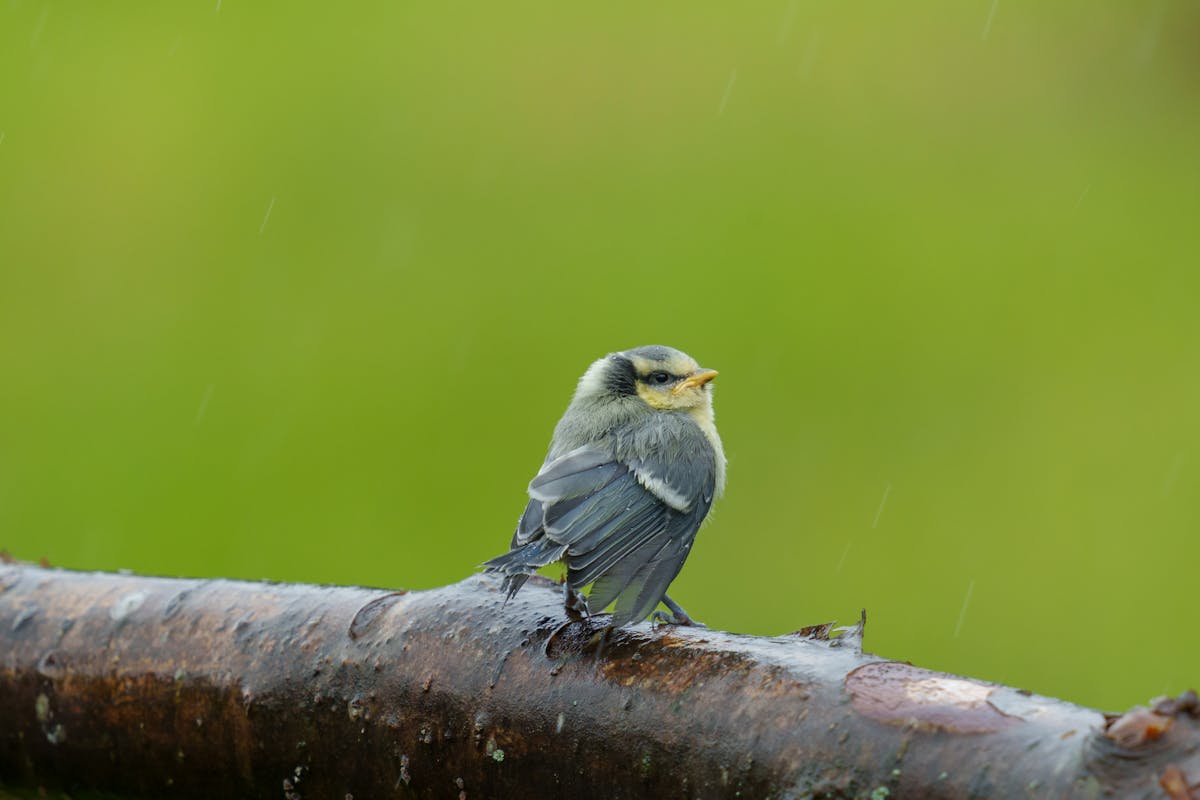
Eurasian Blue Tit in the backyard
Eurasian Blue Tit in the backyard:
Peanuts and fat are the best food for Blue Tits—especially in winter. Fill the feeder with unshelled peanuts.
A nest box with a small round entrance hole will attract blue tits to your garden. The small hole helps keep larger birds out.
Eurasian Blue Tit Breeding:
The Eurasian blue tit nests in suitable holes in trees, walls, stumps, or artificial boxes. It often competes with house sparrows or great tits for these sites.
During this time, female blue tits handle all the incubating duties. During this period, though, the male provides food to the female. Female nest attendance and male feeding rates are higher in the morning. Then, they decline during the nestling period.
Egg size mainly depends on the size of the female. Also, habitat plays a role. Smaller eggs are usually found at higher altitudes. The combined weight of the clutch may be 1.5 times that of the female bird.



